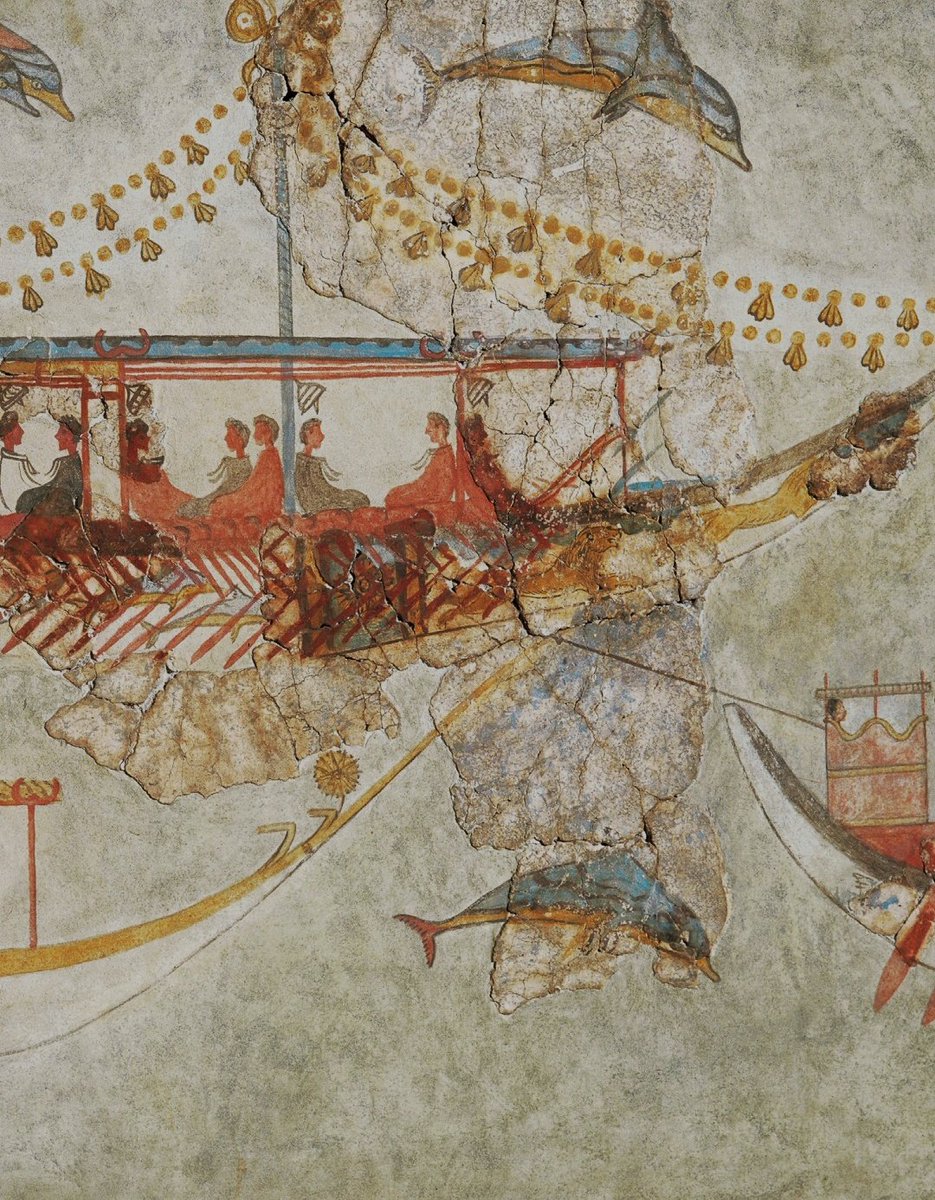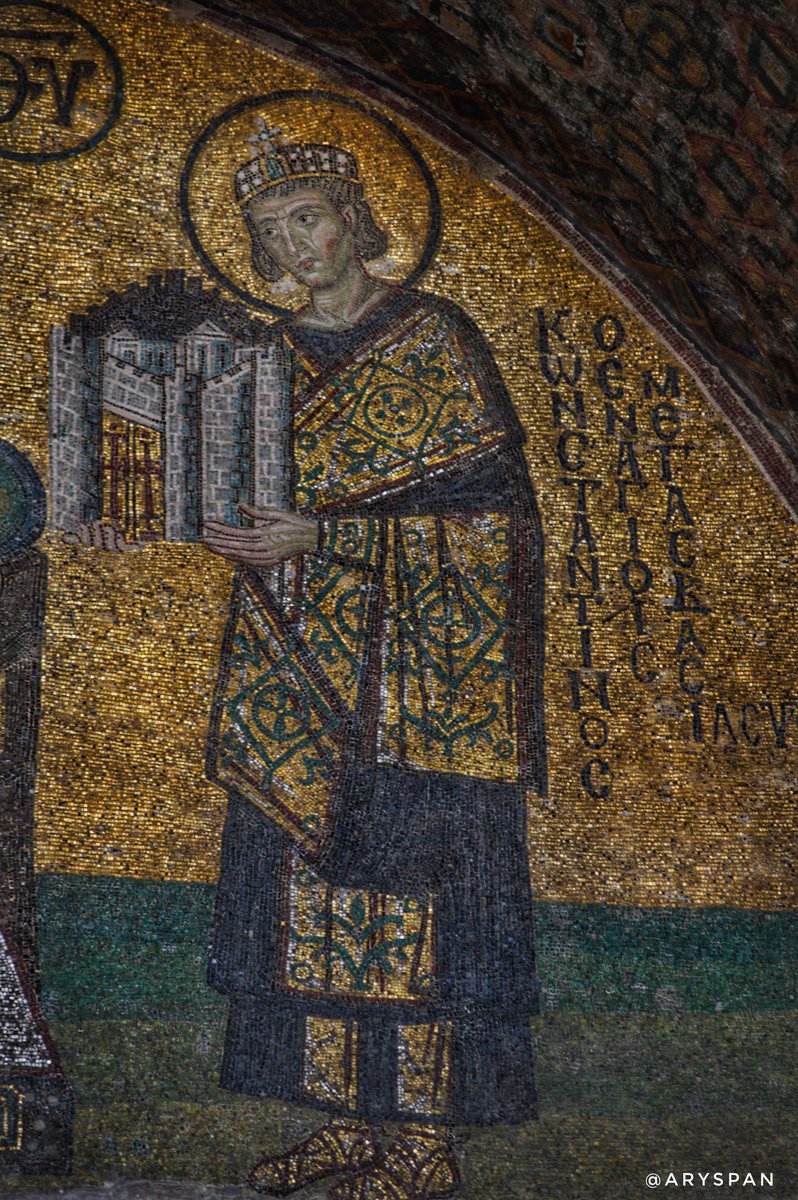
#Roman bust of #Alexander the Great, excavated from Herculaneum.
Blenheim Palace Oxfordshire, UK
©hellenticcosmos
#Archaeology
Blenheim Palace Oxfordshire, UK
©hellenticcosmos
#Archaeology

It seems that the picture is a little refined to cover some imperfections on the face.
Blenheim palace looks amazing, I would love to visit. littlelondonwhispers.com/llw-travels/da…

Blenheim palace looks amazing, I would love to visit. littlelondonwhispers.com/llw-travels/da…


I really love how the eyes change everything. Such an important detail (thinking of all the missing eyes from statues). 

• • •
Missing some Tweet in this thread? You can try to
force a refresh





















